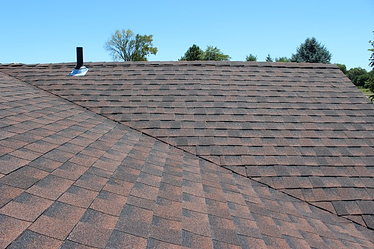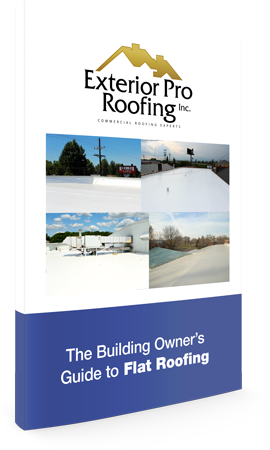Whether you’re going to install your roof yourself or hire a roofing contractor, here are several things to keep in mind when planning your next roofing project.

1. Not tearing off the old roof. Not removing the old shingles might seem like a good idea at first, after all it is one of the hardest parts of the job and requires more labor, special shovels to remove old shingles, and some way to clean up mess and haul away debris. But by not removing the old roof and laying new shingles on top of the old you add excessive weight to the structure, greatly reduce the life of new shingles, and void manufacture warranties. It is impossible to examine wood decking for rot and worst of all if you should have a leak in the future it can be incredibly hard to find with two layers of roofing. Reputable roofing companies will stay away from doing shingle layovers.
2. Properly nail off shingles. There are three basic ways to go wrong when nailing shingles, nail to low, nail to high, or not nail enough. A low nail is a nail that is not covered by the following shingle of the next row. The nail head then is exposed and can be seen in the face of the shingle. Roofers refer to these as “shiners” because when the sun reflects off of a low nail the glare shines. Low nails are nothing more than future leaks and must be removed and replaced. In an attempt not to low nail many inexperienced roofers or homeowners will high nail. A high nail is a nail installed above the nail line on the shingle. High nails cannot be seen as they are covered by the next course of shingles but they can cause big problems. When the shingle is nailed too high the nail does not penetrate the shingle below it. High nailed roofs are easily blown off in windy or stormy conditions because the roof isn't “connected” like it should be.
Inadequate nailing means big reduction in wind rating. Most shingle manufactures require at least 4 nails per shingle and 5-6 nails for warrantied jobs and to achieve highest wind rating. Proper nailing is 5-6 nails per shingle and on the nail line.
3. Using the Correct accessories. Have you ever heard that a chain is only as strong as its weakest link? The same comparison can be made to installing a 50 year shingle but not 50 year accessories such as ice and water guard, hip and ridge cap, starter strip, and proper ventilation. Using Ice & Water guard in the valleys, Pitch breaks, and eves not only gives you added protection in the leak prone areas of the roof it can prevent damage caused by ice dams in winter.
The advantages of using a starter strip under the first course of shingles far outweigh flipping a shingle over or using a three tab to start off with. Besides the fact that the starter strip doesn't cost any more than the alternatives, it has a tar strip that lines up the the tar strip on the shingle and this adhesion greatly reduces the chance for blow off. Starter strip may also be used on the rakes to upgrade wind rating of roof in high wind -storm areas.
Two options exist for hip and ridge cap, 1) you can purchase a hip and ridge cap that is designed to last 50 years to complement your 50 year shingles or 2) you can buy three tab or 25 year shingle and cut the hip and ridge cap yourself. This is a quick way to turn a fifty year roof back into a 25 year roof. The benefits of installing the correct accessories to go along with your shingles far outweigh the small amount of additional cost you will incur.
4. Properly Venting the roof. Letting a house “breath” is a common saying among carpenters and roofers alike, exactly how much a house should breath has been a subject of much research in recent years. But one thing is for sure, an improperly or inadequately vented attic can not only harm your roof but can damage your entire home. A build up of super-heated air in your attic and cause
- Premature aging of shingles
- Warping, cracking, and break down of wood framing
- Roof deck warping and rotting
- Mildew and mold growth
- Damage to siding and soffits
- High energy cost and less comfortable living space
The FHA (Federal Housing Administration) recommends 1 square foot of attic ventilation per 300 square feet of attic space.
5. Replace flashing and counter Flashing. Flashing and counter flashing are found where shingles meet a wall, such as a height change in roof system or dormers and around chimneys. Homes covered in siding need step flashing but not counter flashing, the siding is the counter flashing. However masonry walls and chimneys will need to be flashed and counter flashed preferably with aluminum coil stock. The aluminum comes in many colors to match roof and will not rust. Installing new flashing and counter flashing during roof project only makes sense, as a matter of logistics, getting things done while you or your roofing contractor are set up, and financial sense in that a fifty year shingle roofing system is only as good as the components it is comprised of.
The rising cost of roofing materials and labor mean that roofing a house right the first time isn't cheap, however it is worth it. Thinking of your roof as an investment in your home rather than an unwanted expense is a step in the right direction.








